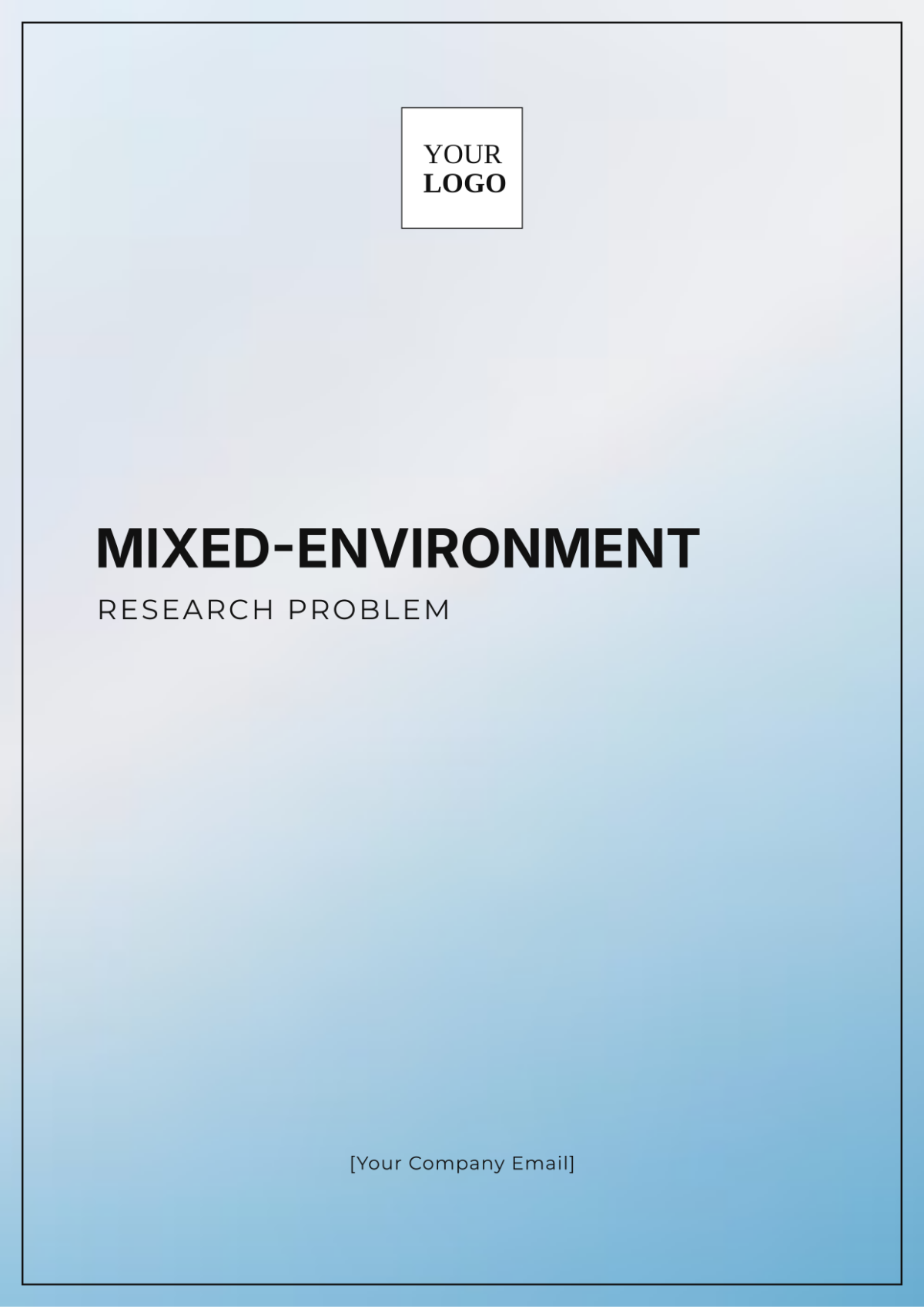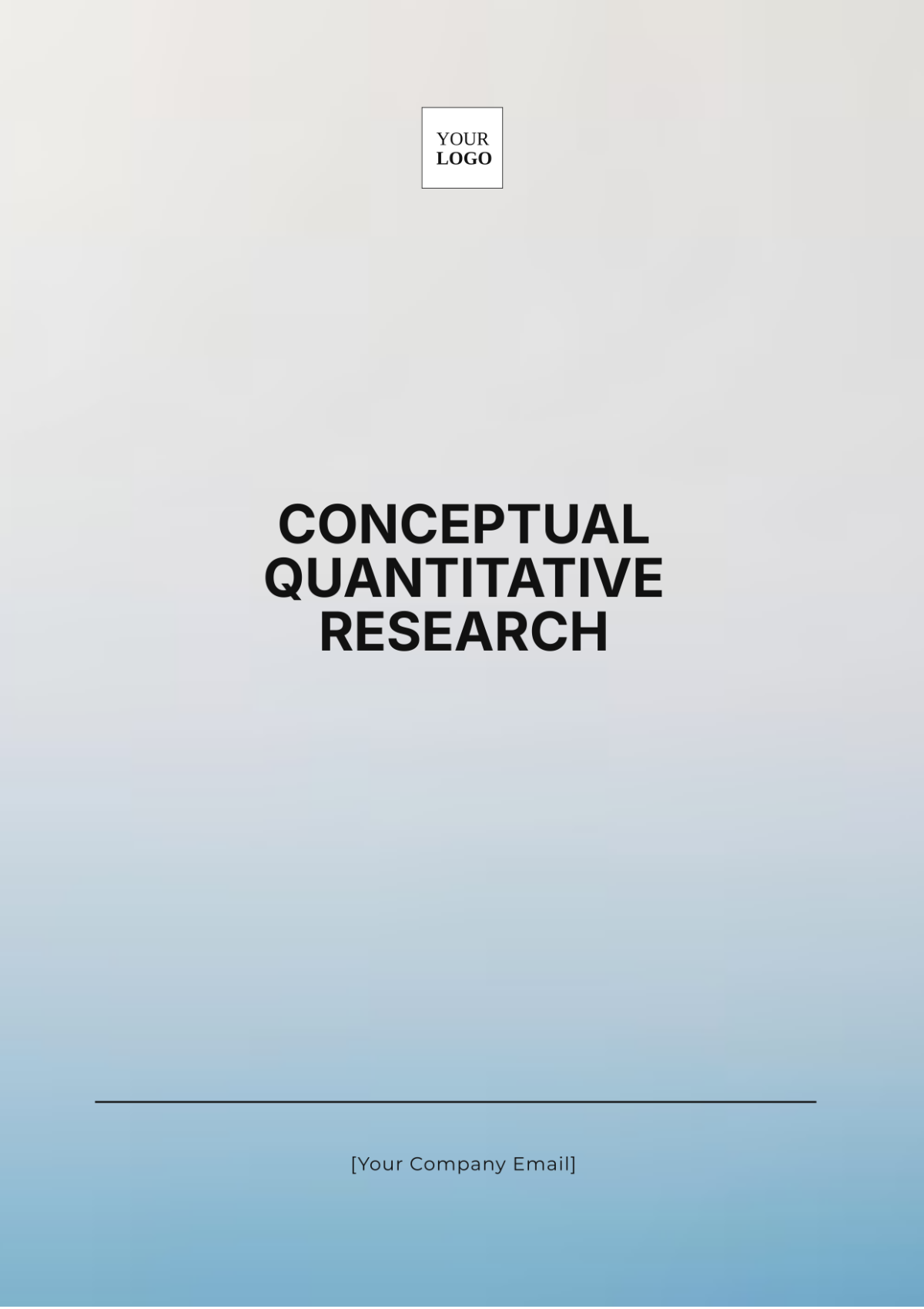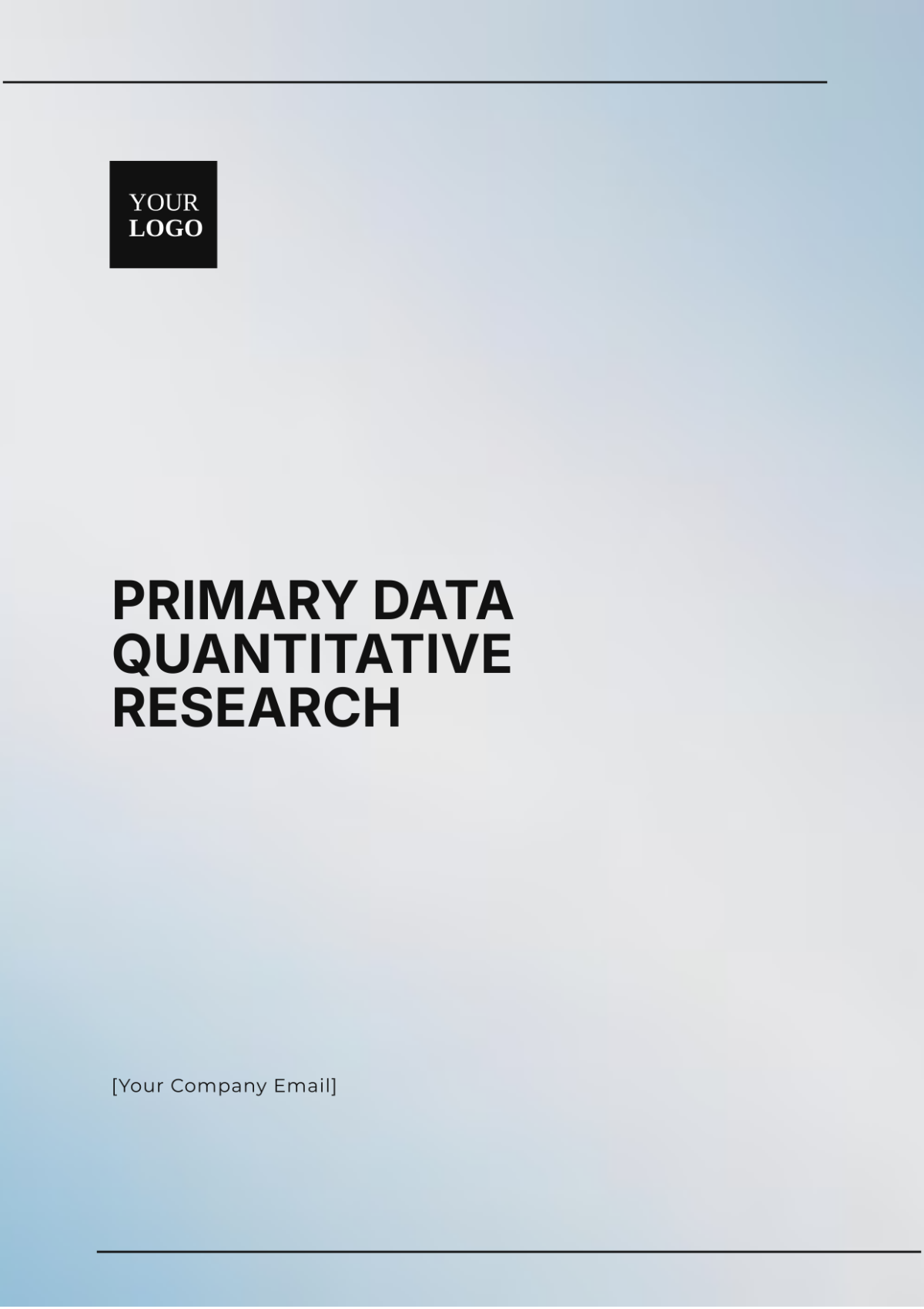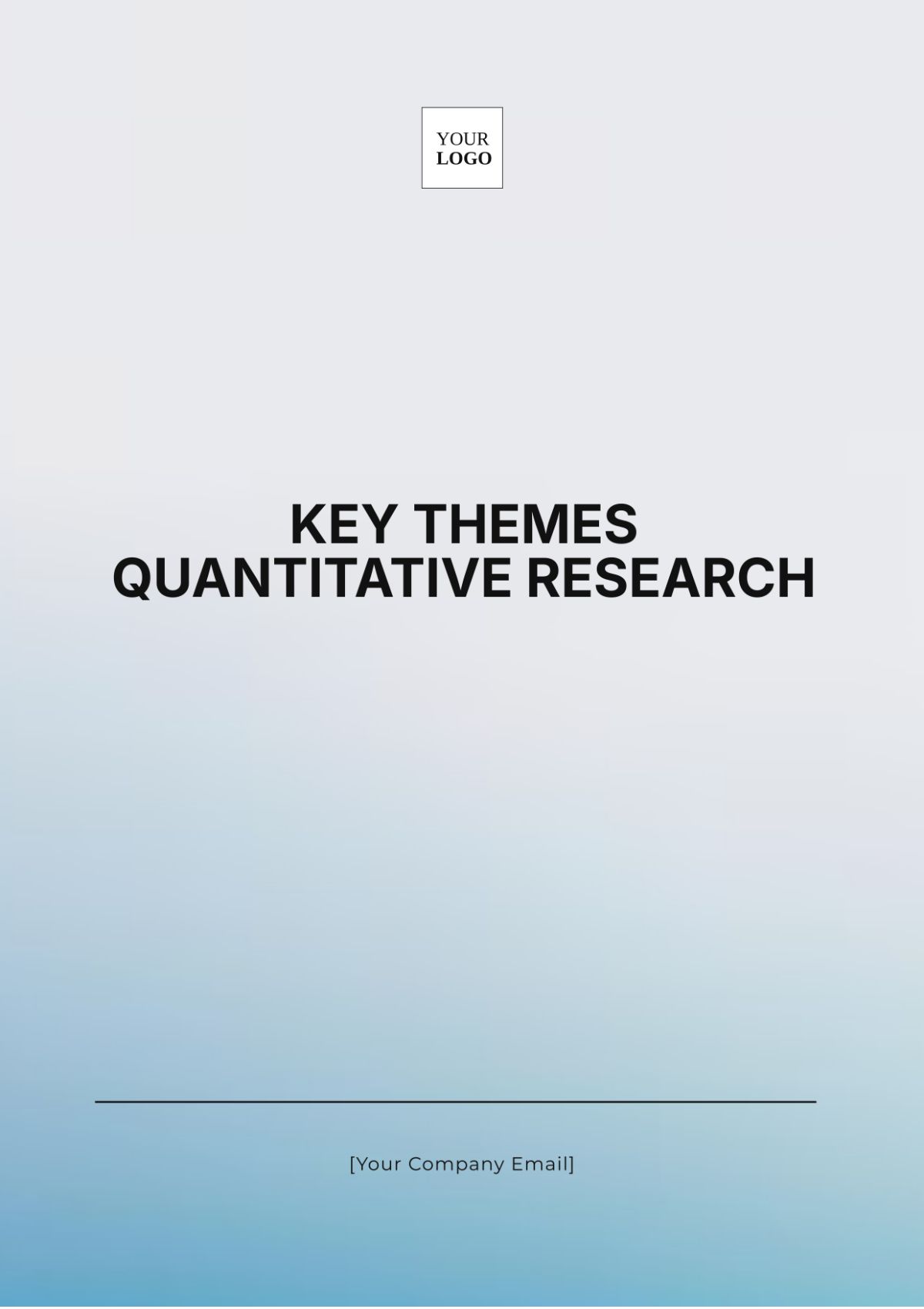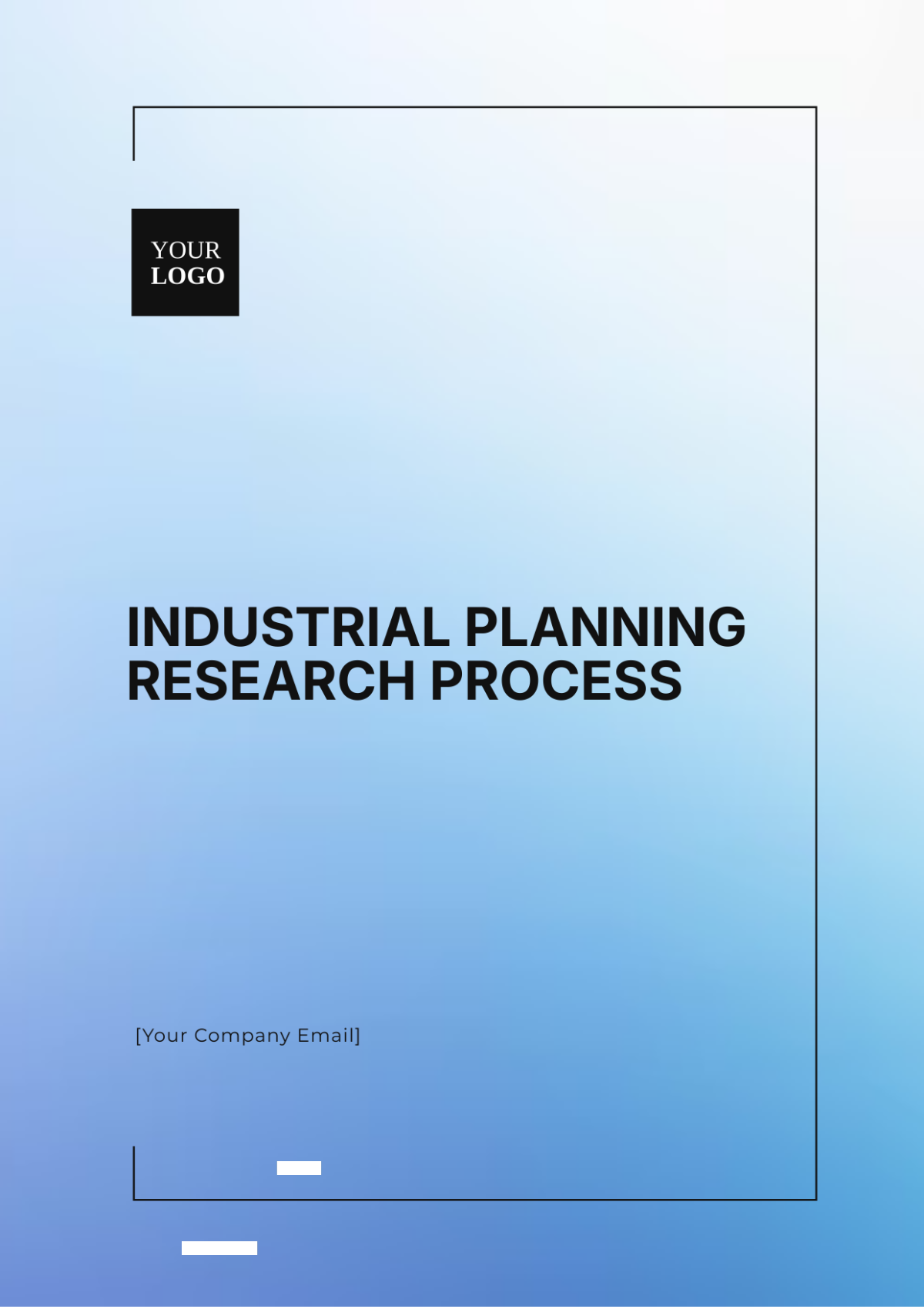Interviewer Guide Quantitative Research
I. Introduction
Quantitative research is essential for gathering numerical data that can be analyzed statistically to identify trends, patterns, and relationships. An Interviewer Guide for Quantitative Research is a structured document designed to assist researchers in conducting interviews that collect such data. This guide outlines the questions to be asked, the sequence of the interview, and the methodology for recording and analyzing responses. Ensuring consistency and reliability in data collection plays a crucial role in achieving accurate and meaningful research outcomes.
II. Components of the Interviewer Guide
A. Objectives of the Research
Clearly define the goals and objectives of the research. What are you trying to measure or understand? What hypotheses are you testing?
B. Target Population
Specify the demographic details of the target population, including age, gender, education level, socioeconomic status, and other relevant characteristics.
C. Interview Questions
Design a structured set of questions to ensure consistency in data collection. Questions should be:
Clear and unambiguous
Focused on numerical data collection
Sequenced logically
D. Sample Questions
How many hours do you spend on social media daily?
On a scale from 1 to 10, how satisfied are you with your current job?
How many times did you visit a healthcare provider last year?
E. Sequence of the Interview
Outline the flow of the interview to ensure smooth and logical progression. This includes:
Introduction and consent
Demographic questions
Main quantitative questions
Closing remarks and thank you
F. Recording Responses
Provide guidelines for accurately recording responses. This may include:
Using standardized forms or digital tools
Ensuring numerical data is entered correctly
Annotating any additional comments or observations
G. Data Analysis Methodology
Outline the statistical methods and tools that will be used to analyze the collected data. This includes:
Descriptive statistics (mean, median, mode)
Inferential statistics (hypothesis testing, confidence intervals)
Software tools (SPSS, R, Excel)
H. Table of Sample Interview Flow
Section | Description |
|---|---|
Introduction | Introduce yourself, explain the purpose of the interview, and obtain consent |
Demographic Questions | Collect basic information (age, gender, etc.) |
Main Questions | Ask the core quantitative questions |
Closing | Thank the participant and provide any follow-up information |
III. Conclusion
An Interviewer Guide for Quantitative Research is a vital tool that ensures the collection of consistent, reliable, and statistically meaningful data. By following this structured approach, researchers can systematically gather and analyze numerical data to make informed conclusions and recommendations.
IV. References
American Psychological Association. (2050). Publication Manual of the American Psychological Association (7th ed.).
Harvard University. (2050). Harvard referencing style guide.
Modern Language Association. (2050). MLA Handbook (8th ed.).








